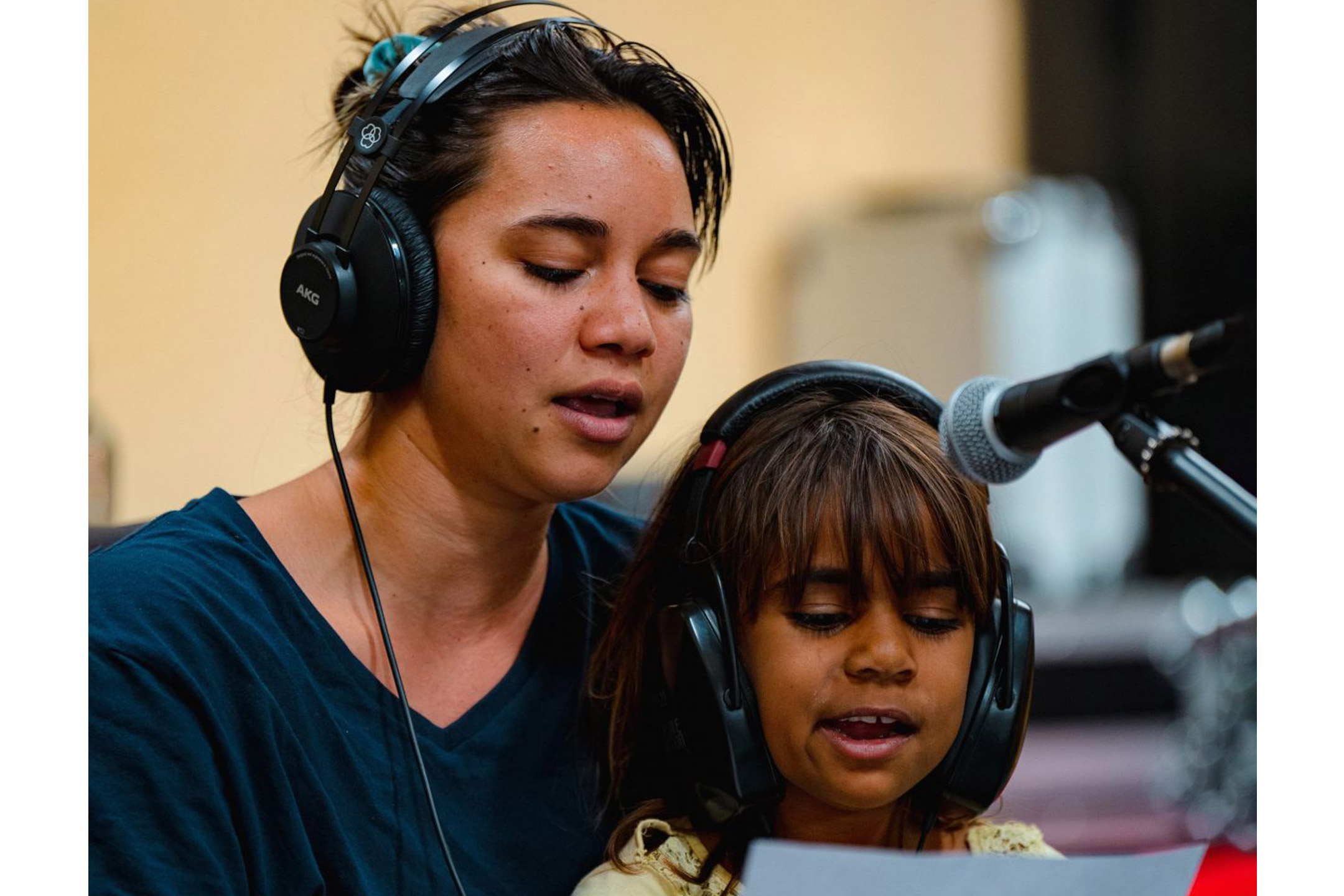
08 Aug ‘The more you tell a story the stronger the story becomes’
The benefits of music are something many of us understand intuitively. The fact that music can improve health, well-being and community has become increasingly well-documented in recent years.
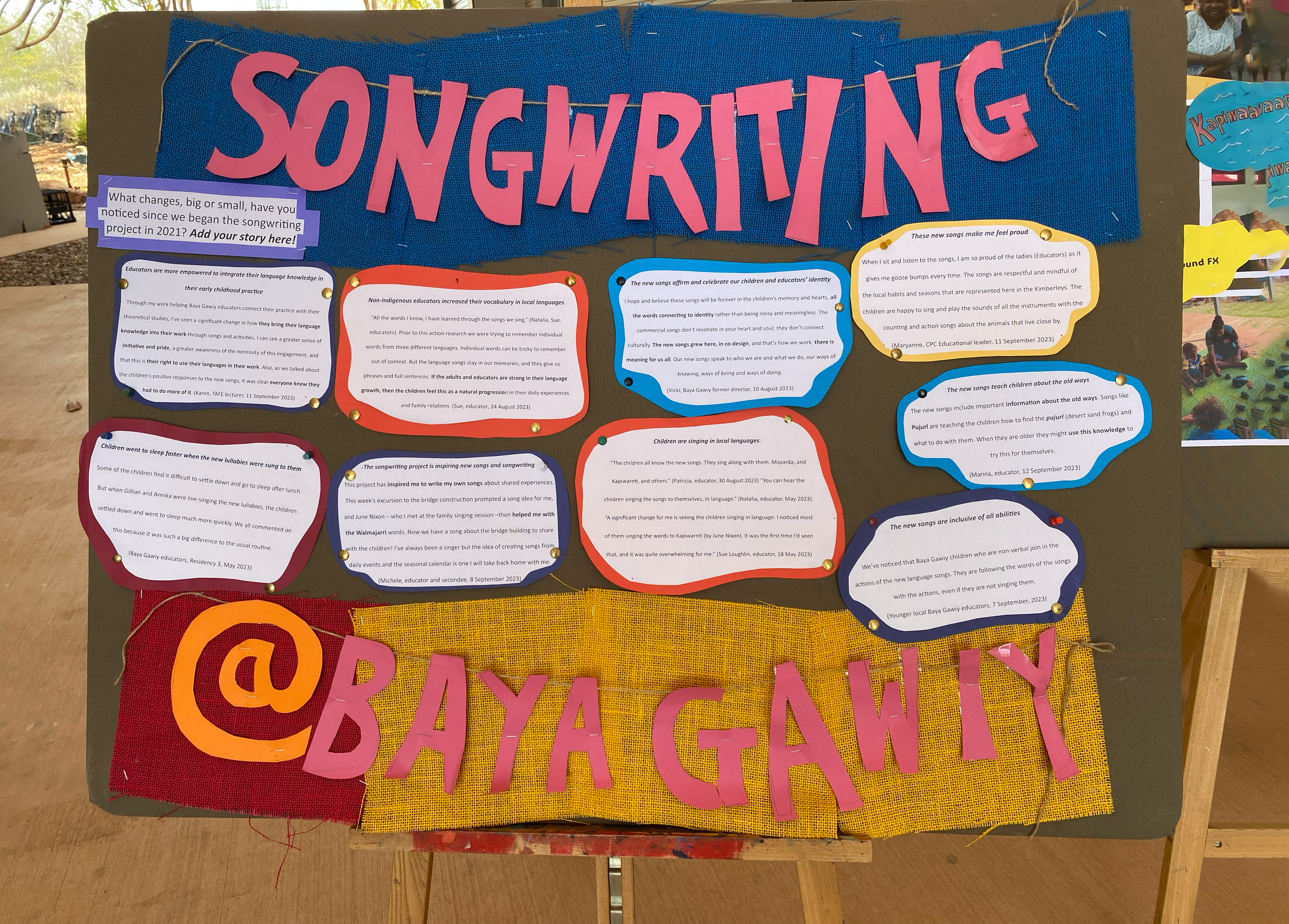
What is perhaps less well known outside of First Nations communities is how music and songs can help transmit and preserve cultural knowledge.
Over millennia, the songs of First Nations people have helped sustain and communicate lore, language and place-specific knowledge across generations. The well-being and community building benefits of music and song are deeply understood.
This connection is the basis for the songwriting action research project Co-creating new music to support language, culture and wellbeing through the Sound FX residencies that I’ve been co-leading since 2021.
When we talk about ‘action research,’ we mean participatory research that aims to change practices and involves the people most affected by any change as co-researchers.
Known locally as the Baya Gawiy songwriting project, it brings together a group of educators and language specialists from Marninwarntikura Women’s Resource Centre’s (MWRC) early childhood learning and care programs, Baya Gawiy Buga Yani Jandu Yani U, in the small town of Fitzroy Crossing in northern Western Australia.
The group writes original songs for young children in their heritage languages that they use in their teaching to describe and celebrate local cultural knowledge.
The songwriting is part of a community music program, Sound FX, run by our research partner, the Perth-based cultural organisation Tura.
Sound FX works with education and community partners to explore the ways music-making can strengthen cultural knowledge and wellbeing, and support community healing.
These creative collaborations develop new cultural works for performance, as well as create new opportunities for the community to develop their musical skills and make music together in diverse ways.
Now, these collaborations are also helping to revitalise language.
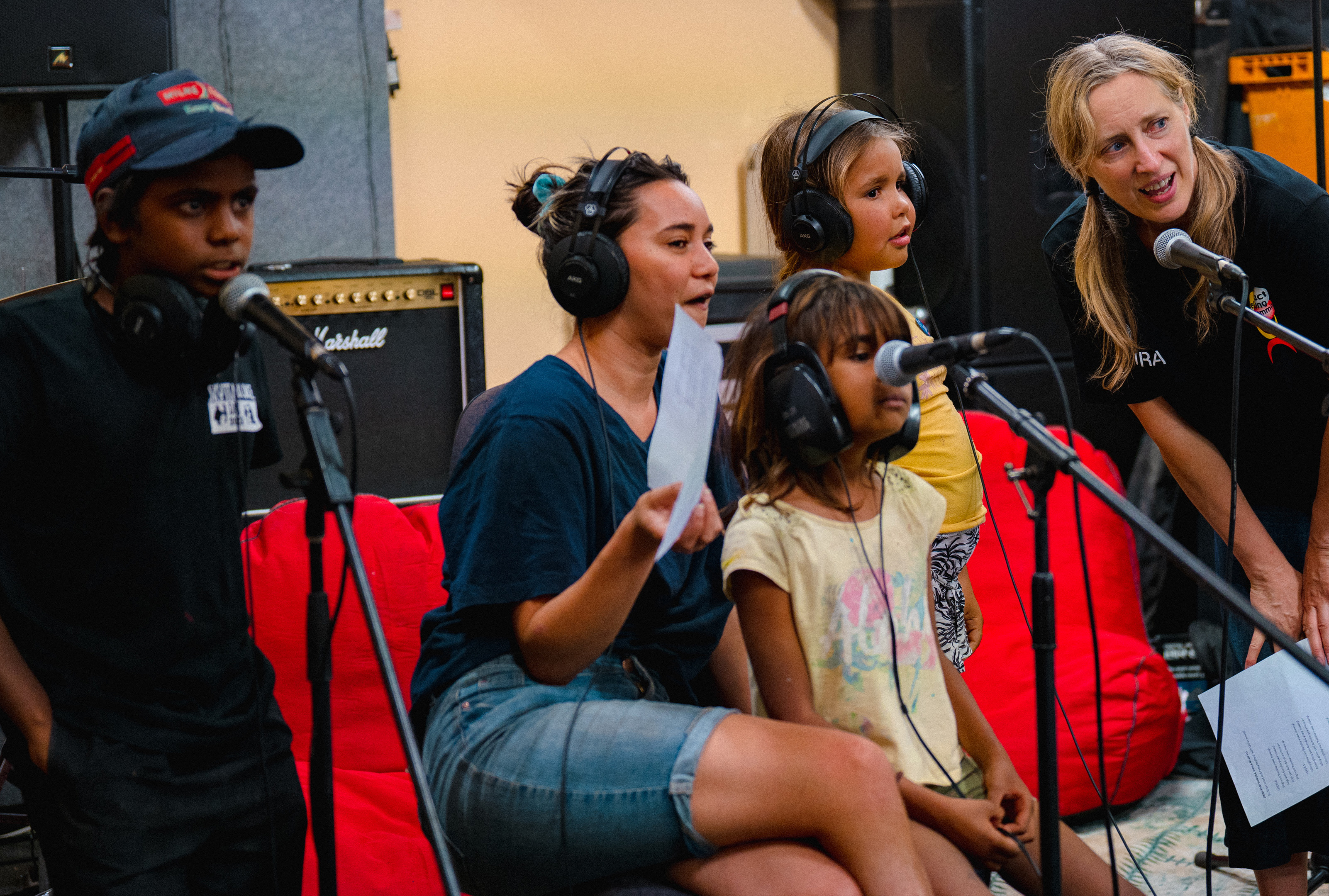
Singing in endangered languages
Our team piloted the songwriting partnership in 2021 and began the action research in 2022.
Some of the research impacts are easy to count.
The Baya Gawiy songwriting project has created 12 new songs and 16 new recordings in three endangered languages—Bunuba, Gooniyandi and Walmajarri—as well as in Kimberley Kriol and English.
There are four new lullabies, three new hunting songs and two new counting songs.
Fifteen women are now part of the project as songwriters, including early childhood educators, their family members and senior language speakers.
The Indigenous Literacy Foundation has invited the team to compile their new songs into a big community songbook, due to be published in 2025, with a nationwide distribution plan that will generate income for Baya Gawiy’s language, culture and wellbeing program.
But there are other important results that the numbers don’t really capture.
We used a story-sharing technique called Most Significant Change, which gathers personal stories of change that are then shared and interpreted.
In this case, we collected stories from educators, parents and Elders within the Baya Gawiy community about the ‘most significant’ changes they had seen during the songwriting project.
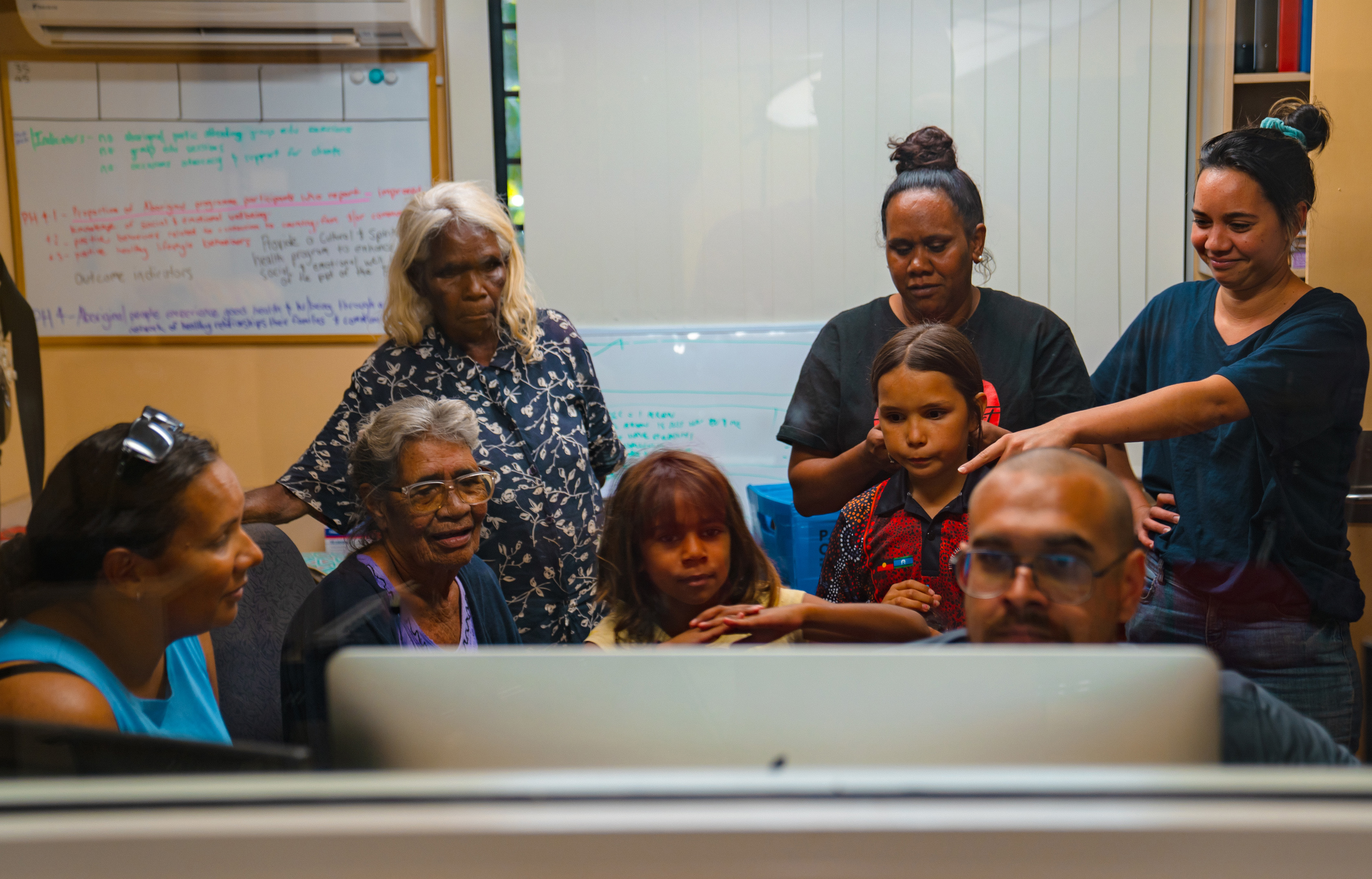
The stories were printed and displayed around town so that others could read and vote for what they thought the most significant changes were for them.
The top three were:
1. Children are singing in their heritage languages
Children are singing along with the recordings and their early learning teachers, but they are also singing independently.
Some of them have learned the songs so well, they are correcting the language of the adults who are still learning to sing them.
They are singing the new songs at home, which means that other members of their families are also learning and singing along with them.
The Kimberley Language Resource Centre, the peak body for Aboriginal languages in the region, says intergenerational sharing of Aboriginal languages is a key indicator of language vitality.
So, singing together in the family is a very important and significant change.
2. Song recordings preserve the language, cultural knowledge and the voices of the songwriters for future generations
Each of the new songs has been recorded by the songwriters or members of their family.
The songs share how to live in this world in respectful and right ways, informed by the knowledge passed down from Elders.
They express relationships to Country, articulating everyone’s responsibilities, and deep feelings of belonging.
In this way, each recording represents a capsule of cultural knowledge, continuing the tradition of transmitting this knowledge through song that has preserved it for more than 60,000 years.
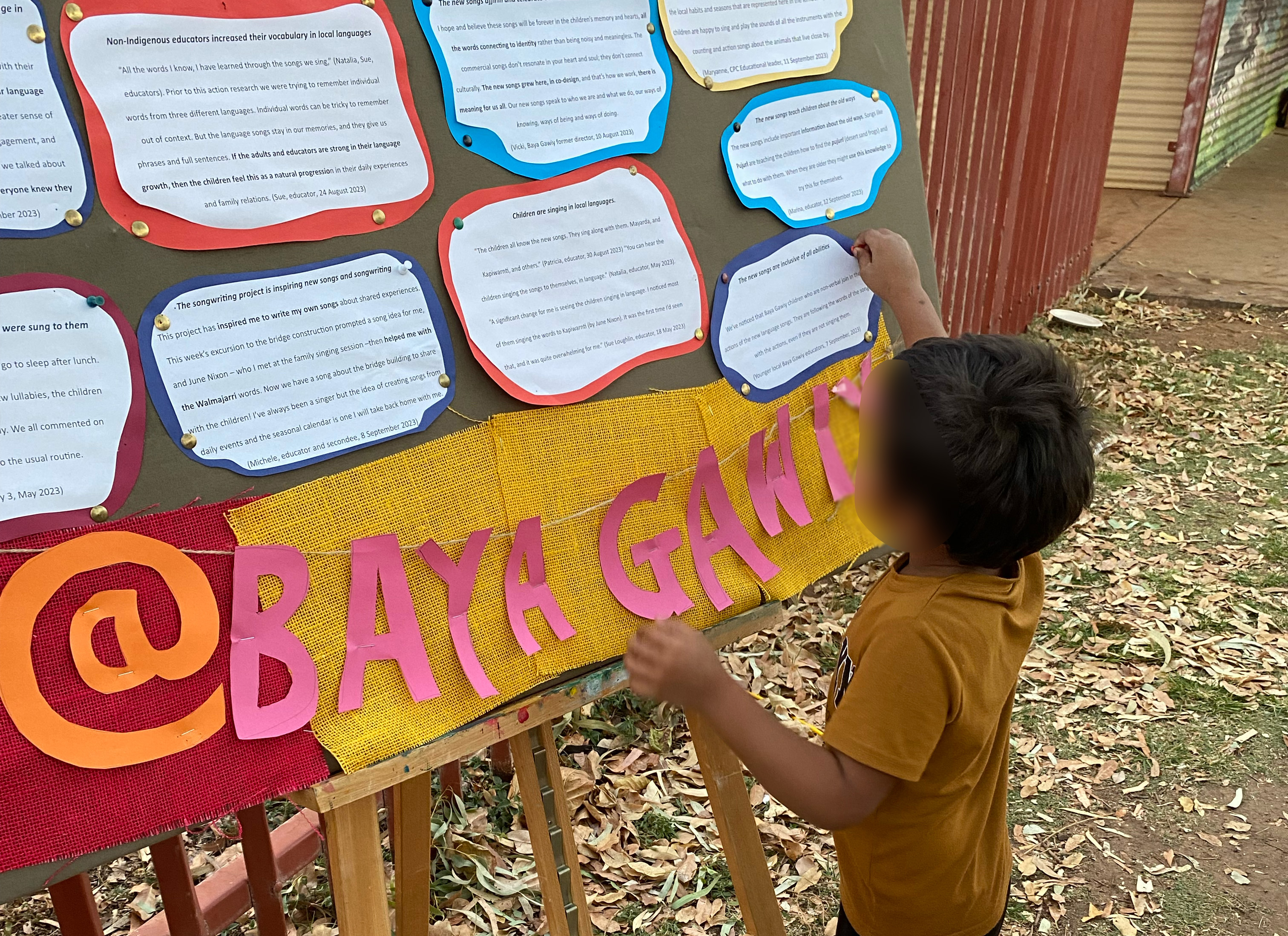
3. The new songs support everyone’s wellbeing
The Fitzroy Crossing community is resilient and creative, but it has faced many challenges.
In 2023, while this research was underway, the town was devastated by the worst floods on record in Western Australia.
The deluge destroyed homes, local businesses and infrastructure.
Keeping the songwriting project going during a time of adversity helped support everyone’s wellbeing. Educators noticed that the children were calmer while singing in language. They also felt their own mood lift and their stress reduce.
Telling stories of strength
Our research is community-led and owned.
We’ve used group planning and research design, collaborative songwriting, song recording and reflective yarning to ensure our partners are determining the research process – and that we are creating music and knowledge collectively.
The participatory research approach mirrors the Sound FX process – embracing co-design, facilitation and collaboration while also tapping into current events and concerns.
These co-creation approaches not only produce new knowledge, but they also put community strengths and wisdom front and centre, making sure stories of strength are the stories that are shared and retold.
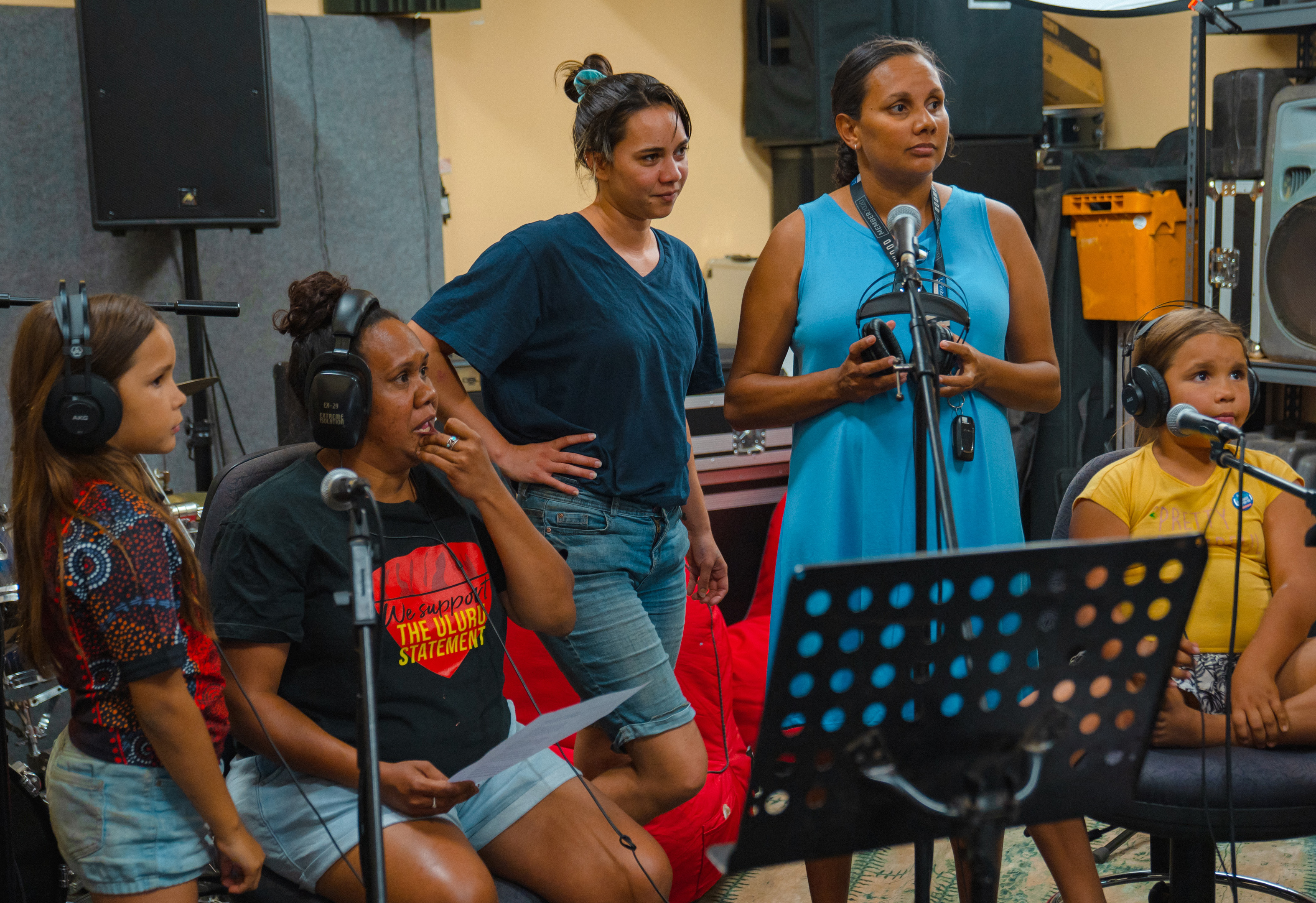
When we began the songwriting action research, one of the Baya Gawiy educators told me: “The more you tell a story, the stronger the story becomes.”
The Baya Gawiy songwriting project is showing all of us the many ways that music and songwriting can benefit our well-being. They not only strengthen the old stories but also help new stories to be sung, told, and shared well beyond the kindergarten walls.
Many of the songs and instrumental works created through the first years of the Sound FX residencies can be heard on the Flow album, which was recorded in 2019 and released in 2021.
You can find out more information about Tura’s Sound FX project on their website, along with a list of project sponsors.


